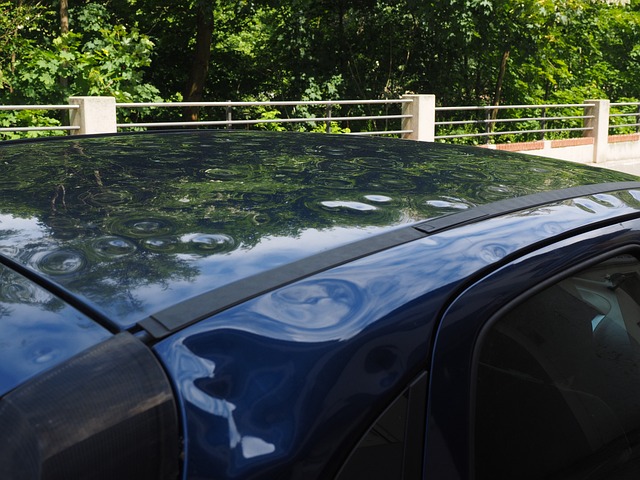The text discusses how technology, particularly autonomous vehicles, is reshaping urban planning and insurance. In cities, it advocates for using digital tools and smart infrastructure to create efficient, sustainable, and vibrant metropolitan areas. In the insurance sector, the introduction of self-driving cars necessitates a shift from driver liability to vehicle systems, prompting insurers to adopt data-driven methods and machine learning to assess risks accurately and develop suitable coverage options for these new vehicles, thereby improving overall road safety.
As autonomous vehicles roll into our streets, the motor insurance industry finds itself at a crossroads. The shift from driver-centric liability to vehicle system accountability demands a reevaluation of traditional insurance models. This article delves into the complex challenges facing insurers, exploring key areas such as shifting liability landscapes, scrutinized traditional models, consumer considerations in an evolving market, and how industry professionals are adapting. Understanding these developments is crucial for both consumers and professionals navigating the future of motor insurance.
- Autonomous Vehicles: Shifting Liability Landscape
- Traditional Insurance Models Under Scrutiny
- Consumer Considerations in Evolving Market
- Industry Professionals: Adapting to Change
- Navigating the Future of Motor Insurance
Autonomous Vehicles: Shifting Liability Landscape

Traditional Insurance Models Under Scrutiny

Consumer Considerations in Evolving Market

As autonomous vehicles become more common on our roads, consumers need to be aware of how their insurance policies are adapting. The shift from driver-centric coverage to system-based liability means that responsibilities and costs can change significantly. For instance, as vehicles take over more decision-making, the need for personal injury coverage might evolve, with a greater focus on ensuring the safety systems themselves are accountable.
Consumers should also expect more nuanced policies, reflecting the complex interplay between human drivers, vehicle systems, and external factors. This may include considerations of software updates, maintenance routines, and even cyberattacks, all of which can impact the performance and liability of autonomous vehicles. Staying informed about these developments is crucial for consumers to make informed decisions when purchasing motor insurance in this new era of transport.
Industry Professionals: Adapting to Change

Industry professionals are at the forefront of this revolution, forced to adapt their strategies and knowledge bases to keep pace with technological advancements. The traditional insurance model, which primarily relied on driver behavior and history, is no longer sufficient. With autonomous vehicles, the focus shifts to understanding the performance, maintenance, and programming of advanced driving systems. This change demands a deeper dive into vehicle technology, data analysis, and cyber security risks – areas that were previously less pertinent in the driver-centric model.
Insurers are re-evaluating their risk assessment methods, exploring new data sources like vehicle telemetry data and system logs. They’re also considering the role of over-the-air updates, which can introduce unforeseen vulnerabilities or improvements. Staying informed about these developments is not just optional; it’s critical for industry professionals to accurately price policies, manage risks, and ultimately, protect both themselves and their customers in this evolving landscape.
Navigating the Future of Motor Insurance

As autonomous vehicles take to the roads, the traditional insurance model is undergoing a significant transformation. The shift from driver liability to vehicle system accountability requires insurers to reevaluate their risk assessment and pricing strategies. One of the key challenges lies in understanding the complex interplay between human error, technological failures, and environmental factors that contribute to accidents involving self-driving cars.
Insurers are now facing the task of developing new data-driven approaches to assess risks associated with these advanced vehicles. This involves gathering comprehensive data on vehicle sensors, communication systems, and decision-making algorithms to accurately determine liability in case of accidents. By embracing digital technology and leveraging machine learning algorithms, insurers can create more dynamic and tailored coverage options that reflect the unique characteristics of autonomous vehicles, ultimately ensuring a safer and more secure future for all road users.
As autonomous vehicles increasingly take to the roads, the motor insurance industry must adapt to a new era of liability and coverage. By reevaluating traditional models and embracing emerging technologies, insurers can ensure fair and effective protection for consumers while navigating this evolving landscape. Staying informed and proactive is key for both industry professionals and consumers alike, as we collectively shape the future of motor insurance for autonomous vehicles.



